
- Anura Kumara Dissanayake, leader of the JVP’s NPP coalition, elected as Sri Lanka’s President after the first elections since the economic crisis.
- Dissanayake’s career spans from student activism to mainstream politics, with strong views on nationalism, Tamil relations, and anti-imperialist policies.
- He promises to protect Sri Lanka’s sovereignty, while also questioning international agreements like the IMF bailout deal.
Who is the new face of Sri Lankan leadership?
Anura Kumara Dissanayake has emerged as Sri Lanka’s new president, securing 42% of the popular vote in the country’s first elections since its devastating economic crisis. Born in the humble village of Thambuttegama in Anuradhapura, Dissanayake’s journey from a lower-middle-class background to the top political office reflects a deep-rooted commitment to his principles. A graduate of the University of Kelaniya, Dissanayake was actively involved in student politics, which later led him to join the Janatha Vimukthi Peramuna (JVP) and its armed uprising against Sri Lanka’s former capitalist regimes. His early life in politics was marked by his role in the JVP’s resistance movements, and eventually, his rise to the party’s leadership.
As the newly elected leader, Dissanayake’s election victory signals a shift in the country’s political landscape, with his Marxist party, the National People’s Power (NPP) coalition, gaining momentum. His victory over rivals Sajith Premadasa and Ranil Wickremesinghe reflects a significant endorsement of his policies.
What does Dissanayake stand for?
Dissanayake’s leadership promises strong nationalist policies. He has been vocal about maintaining Sri Lanka’s sovereignty, especially regarding the Tamil minority in the country. His party opposes the Indo-Lanka Accord of 1987 and any devolution of power to Tamil-majority regions. In speeches, he has emphasized the importance of keeping Article 9 of the Sri Lankan Constitution, which guarantees the protection of Buddhism. Despite criticism from Tamil and international groups, Dissanayake has warned against opposition from the Tamil community, asking them to embrace the coming change.
Internationally, Dissanayake’s stance has been controversial. His party has opposed stronger ties with India, denouncing Tamil-origin estate workers as symbols of Indian expansionism. He has also spoken out against returning the Katchatheevu Island to India and is highly critical of the Comprehensive Economic Partnership Agreement (CEPA) with India. However, Dissanayake’s JVP recently held discussions with Indian officials, hinting at potential diplomatic balancing.
His views on Sri Lanka’s military operations are equally firm. The JVP has staunchly supported the Sri Lankan military in its fight against the LTTE. Dissanayake has resisted international demands for investigations into war crimes during the civil war, framing such requests as external interference. He strongly opposed peace negotiations with the LTTE, asserting that any concessions would threaten Sri Lanka’s unity.
What challenges lie ahead for Sri Lanka’s new leader?
Dissanayake inherits a country in economic turmoil. Sri Lanka is awaiting the release of a $350 million tranche from the International Monetary Fund (IMF) as part of a $3 billion bailout. However, the newly elected president has indicated that he intends to re-negotiate the terms of this agreement, a move that could delay much-needed financial relief. Critics have warned that renegotiation could further deepen the crisis, but Dissanayake insists that the deal is not favorable to Sri Lanka’s long-term recovery.
Conclusion: A controversial but decisive leader
Anura Kumara Dissanayake’s election as Sri Lanka’s new president brings with it a wave of both hope and concern. While many view his policies as a potential step toward national recovery, his firm stances on Tamil relations, international agreements, and military history may pose challenges to diplomatic relations and economic stability. As the nation watches closely, Dissanayake’s leadership will undoubtedly shape Sri Lanka’s future trajectory.


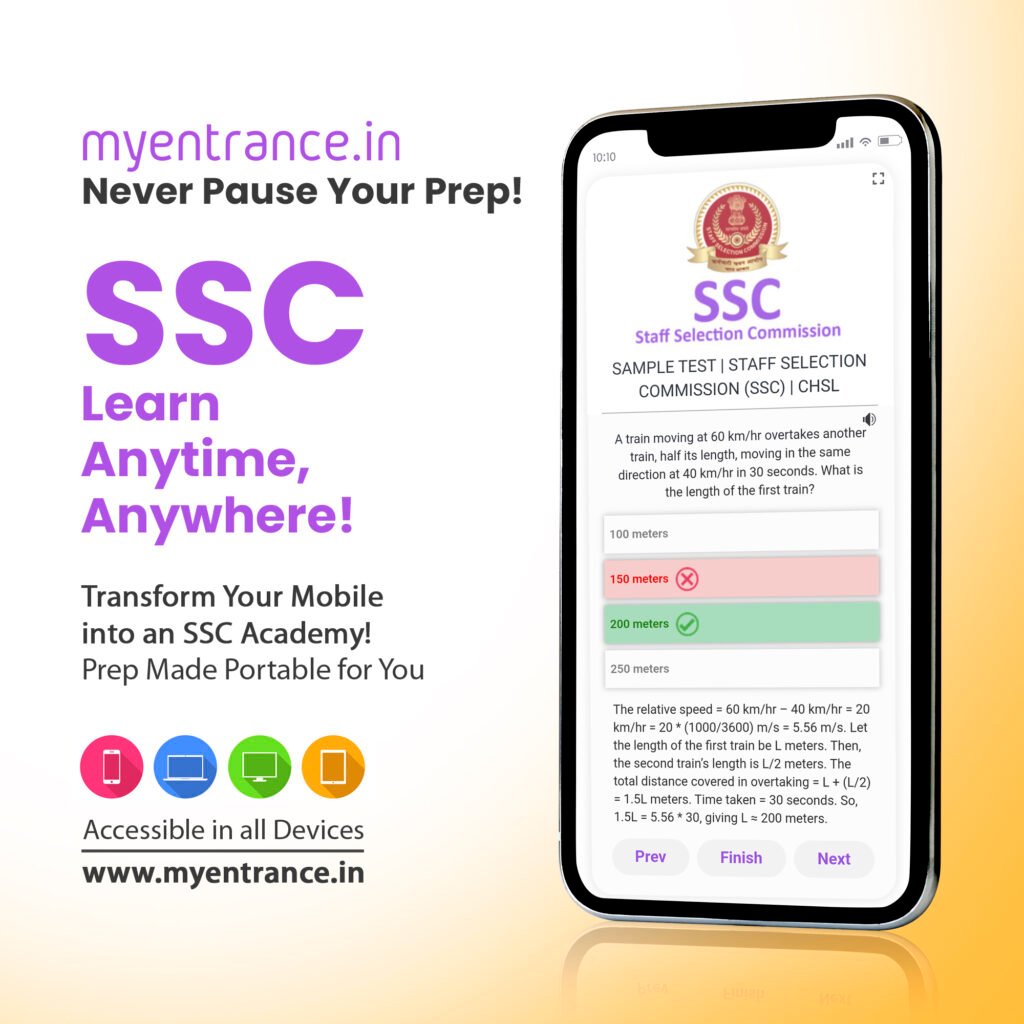












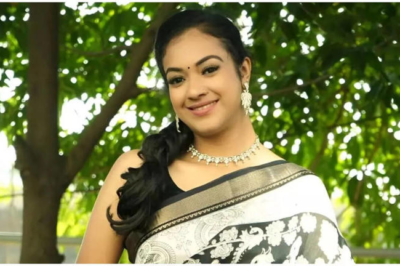
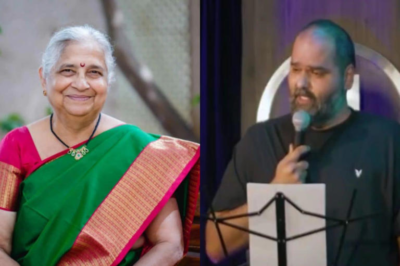
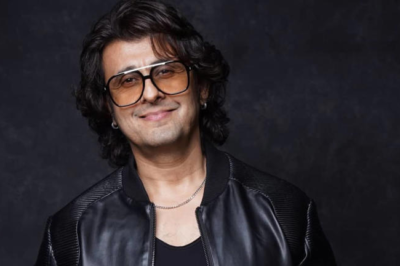


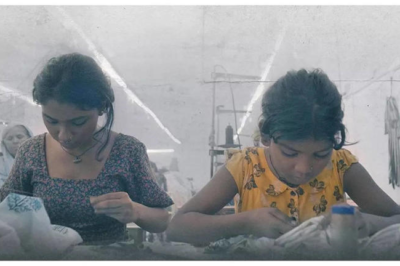
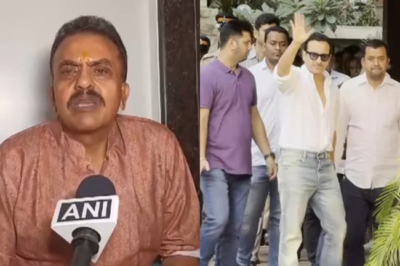
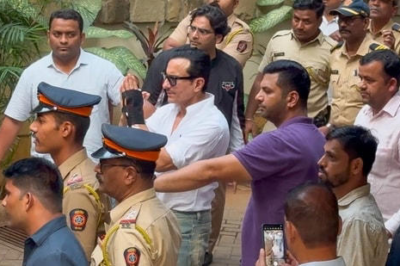
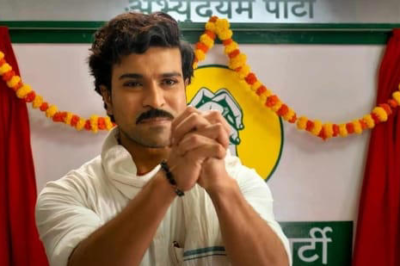
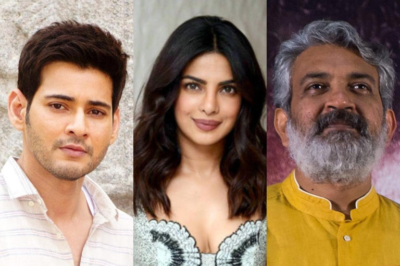
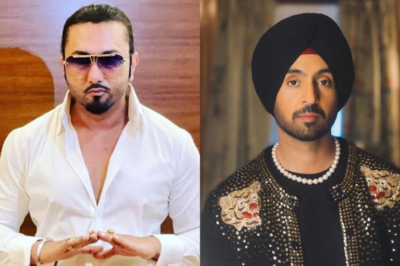
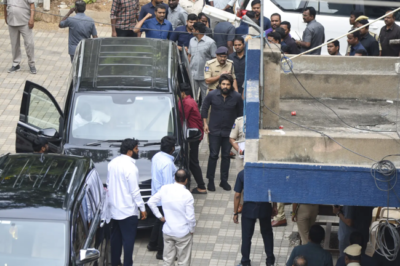

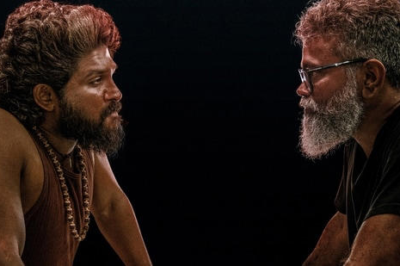

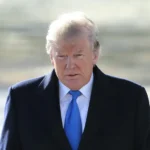
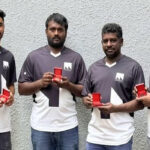
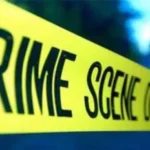
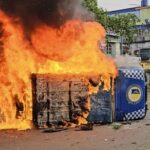


Leave a Reply